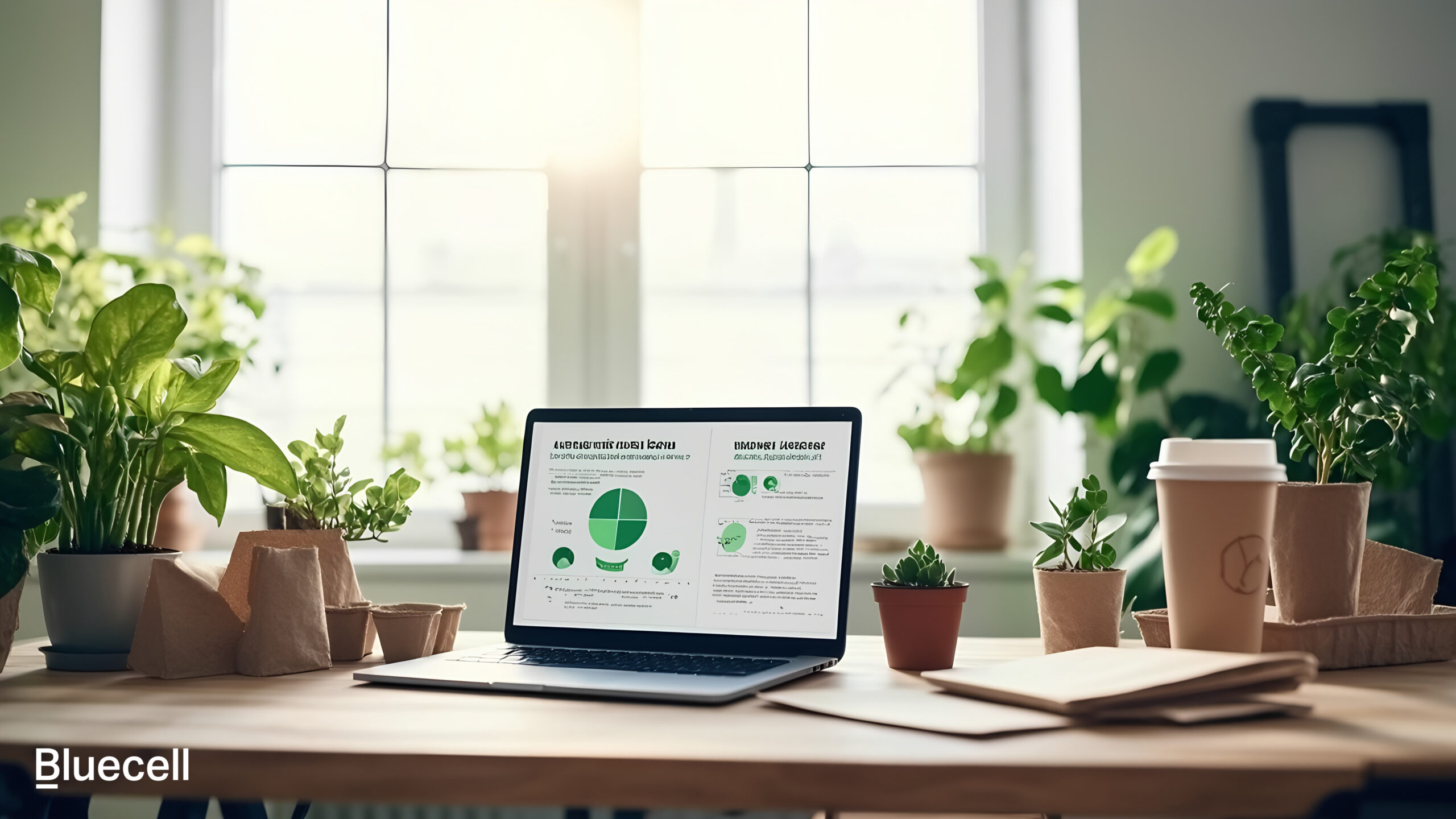Our Blog
This is where we gossip about the latest news from the world of marketing, advertising and design.

Sustainability and social responsibility are no longer buzzwords; they will be core pillars for brands in 2024. Consumers are actively seeking out companies that share their values and contribute to a better future.
According to a recent Nielsen study, 73% of global consumers are willing to change their buying habits to lessen their environmental footprint. This trend underscores the growing importance of sustainability in shaping brand perception.
See article
In this guide, we’ll dive into how to maximize the use of the store location features in Meta Ads Manager to promote your physical stores.
This method will allow you to target your ads to people near your stores and provide relevant local information, such as address and business hours. Please note that this feature is only available for recognition purposes.
See article
In today’s fast-paced digital landscape, high-quality content is king. But what happens when content bottlenecks slow you down? Let’s explore how generative AI is transforming content workflows. Bluecell is at the forefront of AI innovation, helping businesses use this technology to their advantage in content creation.
See articleIn this guide, we’ll dive into how to maximize the use of the store location features in Meta Ads Manager to promote your physical stores.
This method will allow you to target your ads to people near your stores and provide relevant local information, such as address and business hours. Please note that this feature is only available for recognition purposes.
See article